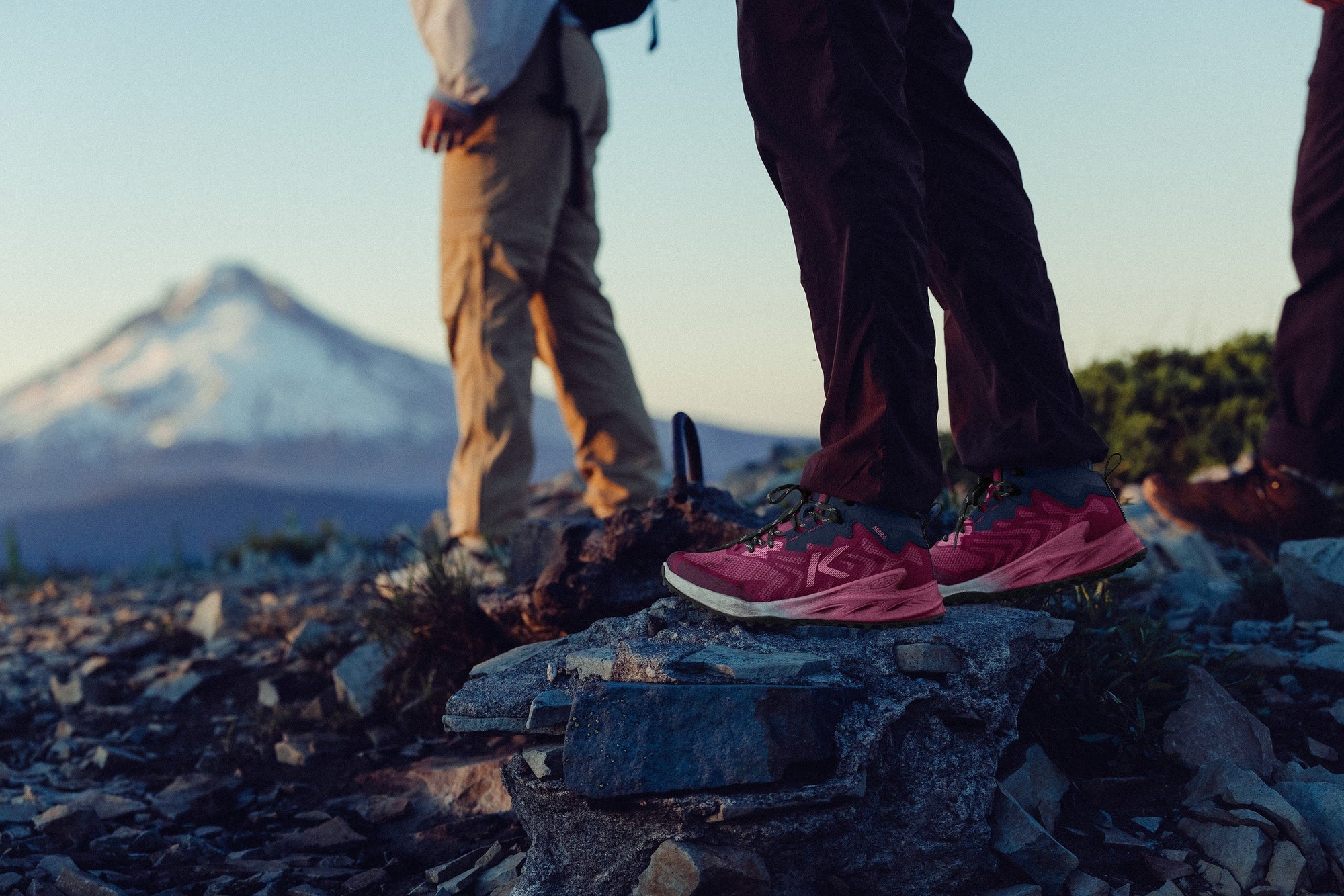Remember the fun you had as a kid venturing out on a scavenger hunt — looking for hidden treasures in the neighborhood or around the house? Well, scavenger hunts aren’t just for kids anymore.
A great outside-anywhere activity, urban scavenger hunts are an easy way to mix things up for your next get-together. (In fact, we love them so much we think that any birthday celebration, dinner party, or family reunion is better when there’s a hunt involved.) Check out our steps on how to host a local scavenger hunt, and get ready for some adventure!
Choose a Location
Step one of planning an awesome urban scavenger hunt is to choose your location. This could be your immediate neighborhood, the downtown area of your city, or even a favorite park. Look for a location that’s large enough for teams to spread out as they explore. You could even choose to use an entire city as your location! Just be sure to take into consideration how people plan to get around during the scavenger hunt. Smaller areas are great for a walking scavenger hunt, whereas bigger locations might require the use of bicycles or cars.
Decide on a Theme
Every scavenger hunt needs a good theme. Whether it’s something simple like “Nature,” or a bit more specific like “Historical Buildings,” a theme brings cohesion to the hunt and gets people excited about the adventure. Here are some of our favorite themes:
∙ Birthday Albums: Choose 10-15 album covers from the year the birthday person was born. Then have teams recreate them around the city and take photos.
∙ Awesome Nature: Create a list of amazing natural things. (Think, two trees growing together, heart-shaped rocks, and ants lifting huge crumbs). Have teams take photos of their wacky finds!
∙ History Hunt: Using your city’s history as inspiration, compile a list of clues that teams need to solve in order to find historically significant sites in the area. These could be statues, buildings, or even the location of an important event. Teams can write down their answers to the clues or take pictures of where they end up.

∙ Garden Frenzy: This one’s best for neighborhood hunts. Come up with a list of unique plants and trees that you’ve seen around. Two-story tall banana plant? Moss mandala? Pile of dead leaves with flowers growing in it? Have teams take pictures of their finds.
Send Out the Invite
Once you have a location and theme in mind, decide on a start time and send out those invitations! You can choose to send out invites to predetermined teams or assemble teams based on who RSVPs. If your scavenger hunt is part of a family reunion or multi-family party, you can invite each family as a team. For birthday parties or smaller scavenger hunts, deciding on teams after you have a list of guests can be easier.
Try to send invitees as much information as possible so they show up prepared for the scavenger hunt. We like to include a packing list so that everyone has the gear they need to enjoy the day. For most urban scavenger hunts, water, sunscreen, and comfy, adventure-ready walking shoes are a must. (Oh, and if you’re encouraging costumes, definitely let your guests know ahead of time!)

Create the Hunt List
The part you’ve been waiting for: making the scavenger hunt list! With your theme in mind, start compiling a list of things to find, stuff to do, questions to answer, or riddles to solve.
∙ For a shorter hunt, consider asking teams to find specific items that fit your theme and take photos of them. Or request participants do specific activities and document them taking place.
∙ For a longer, more challenging scavenger hunt, create a list of riddles or trivia questions that teams must decipher to figure out what to do or where to look.
∙ For hunts where the winning team is determined by who completes all the tasks first, create a hunt list that’s on the shorter side so that teams have a good chance of completing the entire list. For hunts where you’re assigning points to each task and the winning team is determined by who gathers the most points, go ahead and make this list longer. That way teams can strategize and don’t need to complete the whole list in order to win.
KEEN tip: If you need a list quick, check out our Nature A-Z scavenger hunt list. Even though it was originally developed for kids, adults love it too.

Establish the Guidelines
A set of rules or guidelines can help teams stay on track and know what to expect — and have the most fun possible! Make sure to address the following things:
∙ Start and end time
∙ The ending meetup location
∙ Boundaries: Add a map of the hunt perimeter, especially if you’re expecting folks who might not be super familiar with the location.
∙ The specifics: Will teams be bringing back tangible items from the hunt or will pictures of their finds do? Are teams playing for points or does the first team back from the hunt win? Include all the specific rules of your scavenger hunt so that participants are clear on what they’re in for!
Print out the guidelines and include them with the clue list so that teams have them on hand during the hunt.
Get Hunting!
Last step? Get out there! No matter what you decide to hunt for, an urban scavenger hunt is a great way to explore your city and spend time with friends and family while you’re at it. Plus, the pictures at the end are sure to make all the effort worth it. Tag @KEEN and share your favorite scavenger hunt photos with us!














